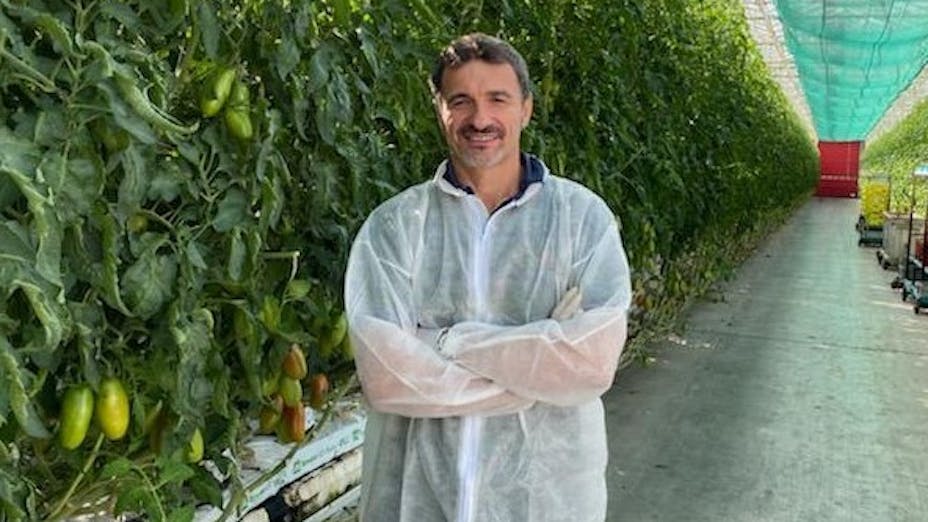In a stone wool slab, the balance of nutrients remains constant throughout the cultivation period because, unlike substrates of organic origin, stone wool is not initially loaded with potassium (K+), calcium (Ca2+) or chlorine (Cl-). This uncontrolled presence of cations or anions can influence the balance of nutrients and disrupt plant growth by causing excesses or blockages at strategic moments in their development. The initial mineral neutrality of Grodan substrates ensures that the nutrient balance remains stable from the beginning to the end of the cultivation period, promoting regular and uniform plant nutrition.
When all the plants develop uniformly, cultivation is easier to manage. Leaf removal instructions, for example, are simple: removing 2 or 3 leaves everywhere is an easy message to take on board, even if the staff are not highly qualified. The repercussions on labour management, but also on plant management, and irrigation management in particular, are positive. At every stage of cultivation, the right decision becomes clearer. In terms of conductivity, Grodan's stone wool substrates offer greater flexibility to help plants adapt to sudden changes in the weather. To help crops adapt to hot weather, lowering conductivity (EC) encourages water absorption and natural cooling of plants through transpiration. On the other hand, increasing EC allows crops to get through periods of low light levels while avoiding over-vegetative growth, with the security of being able to return quickly and easily to lower EC values, without the need for major drains. This flexibility in EC management is all the easier to implement when the cultivation is uniform.
Climate variations are also possible inside the greenhouse, depending on the shape and orientation of the greenhouse, its ventilation or heating system, etc. This can lead to macroclimate irregularities and some variability in the greenhouse's climatic data (temperature, humidity, CO2, light). Within the plant, some of the data that define the microclimate vary between the bottom and the top of the plants, or even between two plants. The uniformity of the responses obtained with Grodan slabs helps to attenuate these variations within the plant and at the scale of the greenhouse.
On the other hand, the more regular the cultivation, the more uniform the uptake of mineral elements. Under these conditions, the pH of the Nutrient solution remains stable. Unlike organic substrates, which encourage the exchange of cations and the accumulation of anions, the pH of mineral substrates does not tend to become basic. This means that the absorption of certain micro-elements such as iron is not blocked, limiting the risk of chlorosis at the top of the plant.
Last but not least, Grodan stone wool substrates retain their physical characteristics from the beginning to the end of cultivation. The height of the slabs remains constant. The height is also very uniform at all points of the slab, in the centre as well as at each of its corners. Thanks to a perfectly flat surface, the contact zone between the slab and the cube is always optimal, favouring recovery at planting time and limiting the risk of detachment during cultivation.
Uniformity is the strong point of Grodan stone wool slabs throughout the season, but it is particularly noticeable at the start of cultivation, when it is of the utmost importance in helping plants to get off to a good start after planting.









